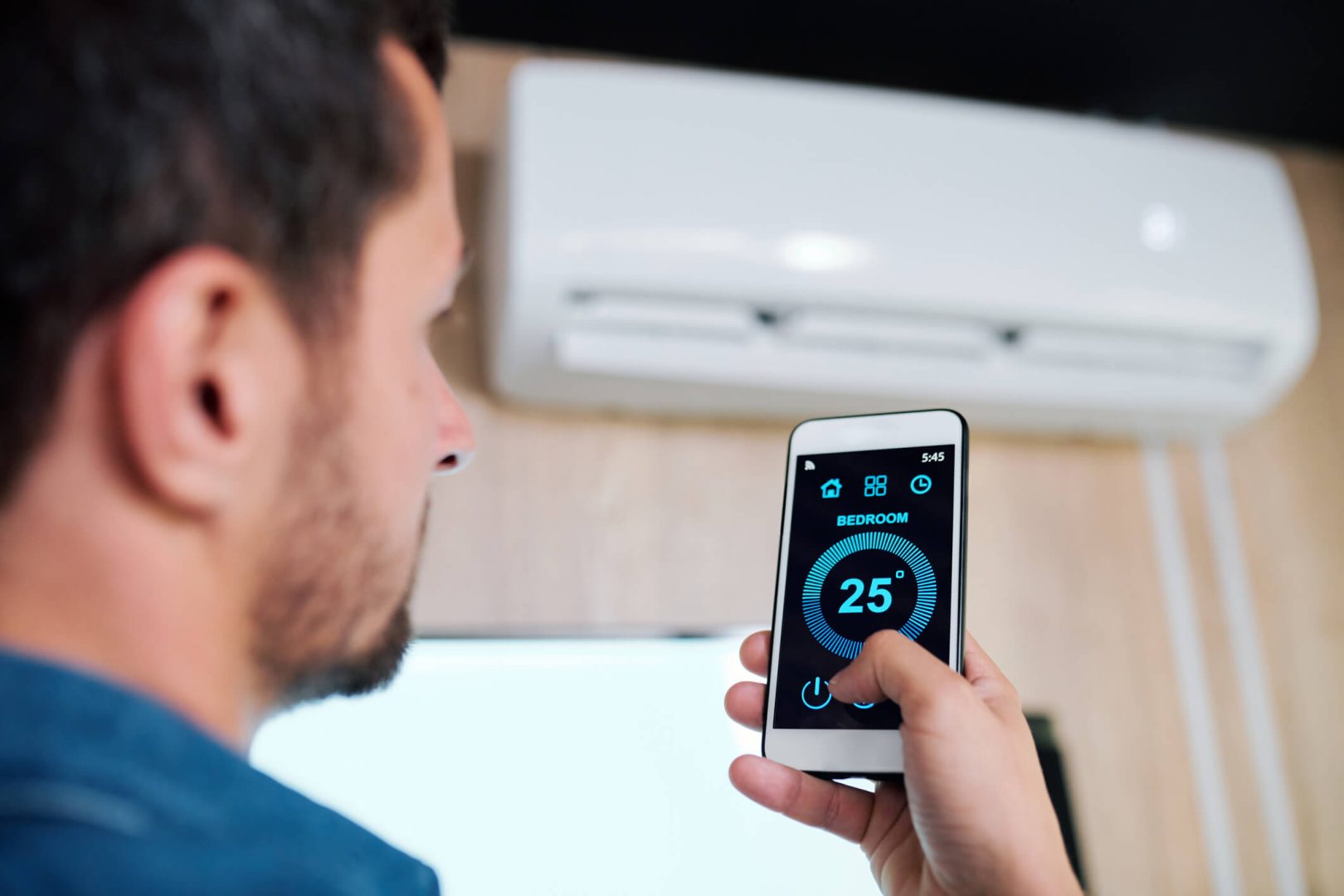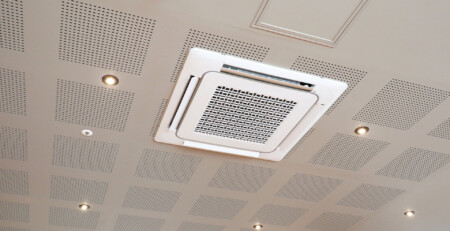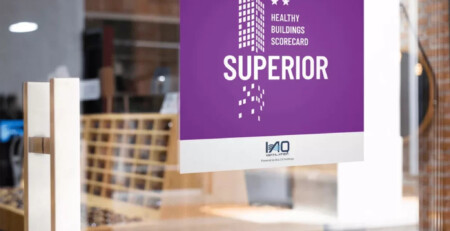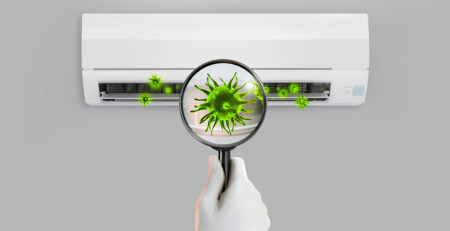What does the future hold for commercial HVAC?
Imagine a commercial HVAC system that intuitively manages interior temperatures and humidity levels, is powered by renewables to reduce energy costs and is designed to deliver the highest standard of air quality to mitigate the spread of airborne contaminants.
These are the sorts of technological advancements that are helping to turn the tide for one of the greatest energy guzzling appliances.
So what does the future of commercial HVAC hold? That’s the question that has a whole panel of leading experts and professionals deep in thought right now.
Where is the HVAC industry heading?
The Future of HVAC Conference, to be held by the Australian Institute of Refrigeration, Air Conditioning and Heating (AIRAH) later this year, will explore the outlook for HVAC in commercial buildings, healthcare, educational and retail facilities and look at the drivers of change.
A range of stakeholders – from workplace designers to contractors, technology professionals and service providers – will explore the trends and delve deep into where the industry is heading.
In the meantime, let’s look at some of the trends that are already shaping the future of HVAC.
Smart technology is quickly making strides
Smart HVAC systems are already in play around the world, and with further advancements, are expected to lead a revolution in commercial HVAC. Why? Because the integration of smart technology paves the way for more efficient and automated operations – and that means a reduction in energy consumption and a slash in carbon emissions.
Smart HVAC systems are capable of learning the patterns of building occupancy and adjusting the temperature and air quality accordingly. They can also alert potential problems before they become serious.
Using green energy to power HVAC systems
Renewable energy technology is being integrated into HVAC equipment to help offset the high rate of carbon emissions.
The Australian Institute of Refrigeration, Air Conditioning and Heating (AIRAH), CSIRO, Queensland University of Technology, the University of Melbourne and the University of Wollongong have joined forces to transition the HVAC industry into a low-emissions future.
They have created the Innovation Hub for Affordable Heating and Cooling to demonstrate that renewable energy can be optimally integrated with HVAC equipment in commercial buildings to reduce emissions and improve performance.
Improving indoor air quality with HVAC technologies
We’re discovering more about the benefits of indoor air quality management – including minimising the spread of airborne contaminants and disease through ventilation systems.
A range of innovative products like filtration and ventilation upgrades pack a punch to improve the air quality in indoor environments – and save on energy costs.
If you have concerns about the indoor air quality at your workplace, invest in an indoor air quality assessment.
Make the most of innovations and technology
New technology is reshaping the HVAC industry.
Speak to a commercial air conditioning contractor about how you can stay at the forefront of these changes, and experience better efficiency and reduced costs.










